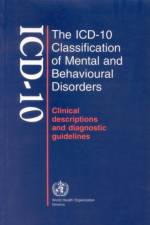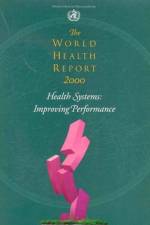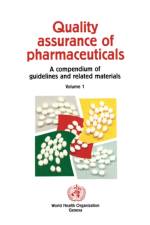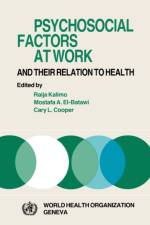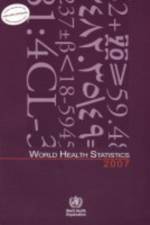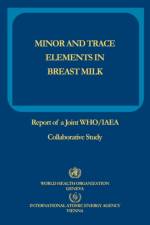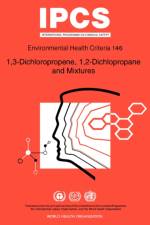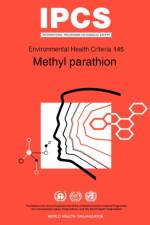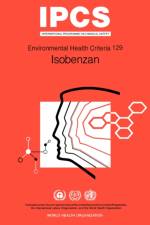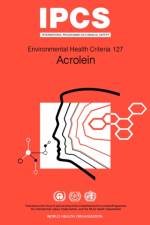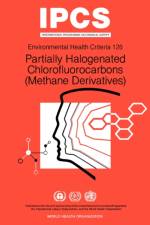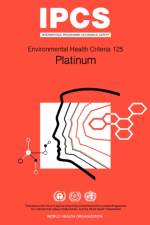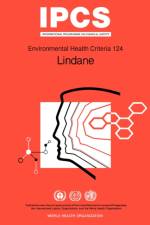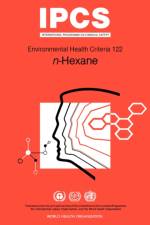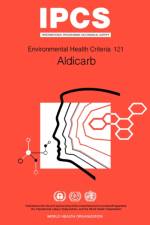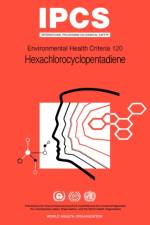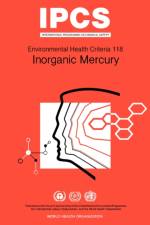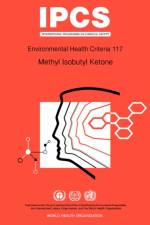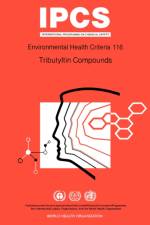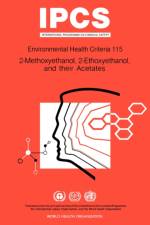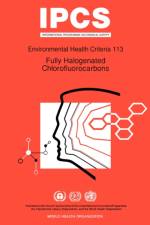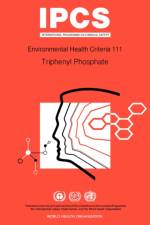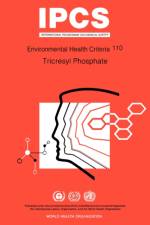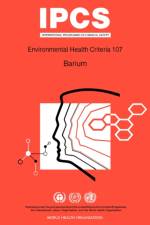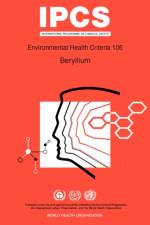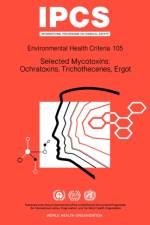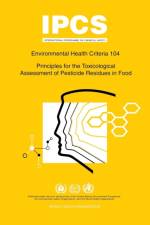av World Health Organization(WHO)
131
Evaluates the risks to human health and the environment posed by exposure to acrolein, a chemical produced in large quantities and used as an intermediate in the synthesis of several chemicals, most notably acrylic acid and its esters and DL-methionine, an essential amino acid used as a feed supplement for poultry and cattle. Acrolein also has direct application as an aquatic biocide used against algae, molluscs, and herbs in recirculating process water systems, irrigation channels, cooling water towers, and water treatment ponds. Acrolein accounts for about 3 to 10% of total automobile exhaust aldehydes, 1 to 13% of total wood-smoke aldehydes, and up to 7% of the aldehydes in cigarette smoke. The report notes that exposure of the general population occurs mainly via air, with mainstream and sidestream tobacco smoke representing the most important source. Other sources of exposure include inhalation of air polluted by vehicle exhausts, direct contact with acrolein-treated water, and consumption of alcoholic beverages and certain food items. Concerning effects on the environment, the report cites studies documenting adverse effects on crops grown on soil irrigated by acrolein-treated water, and a very high toxicity for bacteria, algae, crustacea, and fish, with bacteria being the most sensitive species. Acrolein is noted to threaten aquatic life at or near sites of industrial discharge or spills and in areas where acrolein is used as a biocide.

